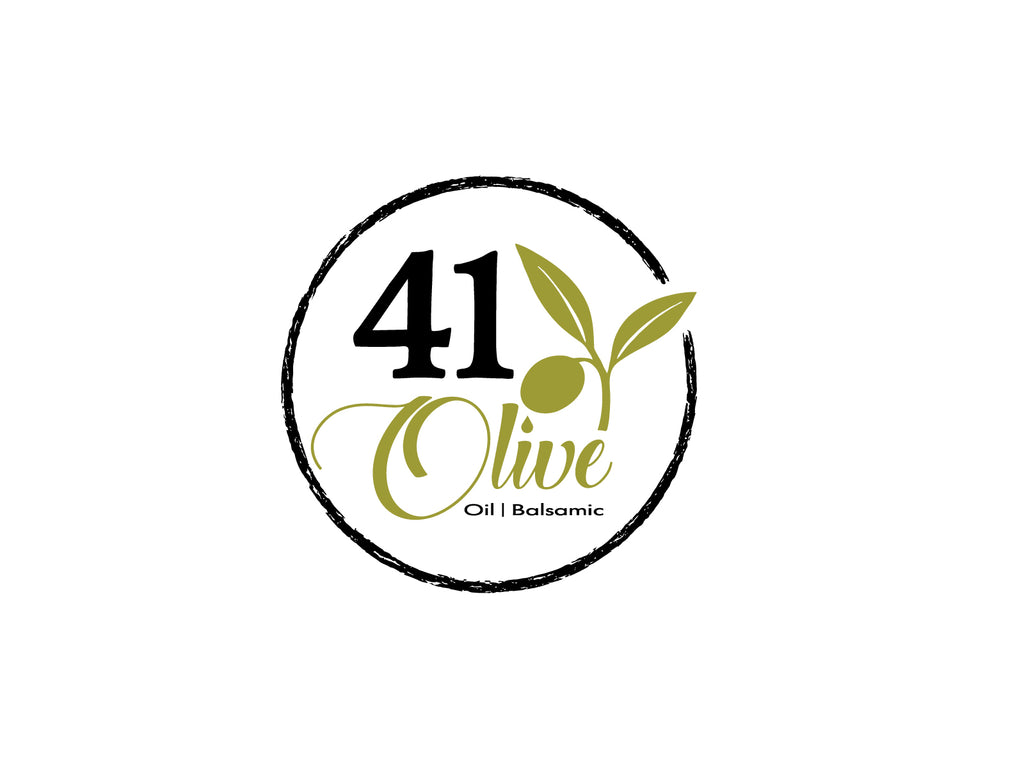A Thorough Understanding About The History Of Olive Oil
The Mediterranean is the home of the olive. It has been an integral part of human life for thousands of year. Olives (olea Europaea) are produced by the seed. They were first cultivated in the Mediterranean around 6000 years ago.
Stone tablets dating back to 2500 BC were found at the court of King Minos, Crete. They mention the parasitic plants and suggest that they originated in Greece. The olive has been a symbol of wealth, fame, and peace for decades in the history of the Mediterranean.
It was a key part of society, the arts and trade as well as engineering and the market. Urban legends and myths are abound that glorify the power of this "Liquid Gold", as Homer called it in the Iliad.
Olive Oil was a staple of daily life. Its oil became a major part of the diet program. Olive Oil could be found in both cooked and raw dishes, with a typical meal consisting of grains or flour mixed or rubbed together with Olive Oil. Sometimes with honey.
Some meats were always oiled prior to and after consumption. The salad dressing table was created by the ancient Greeks. It was made with Extra Virgin Olive Oil and Balsamic Vinegar. Olive Oil, which was also a healthy food and was used to fuel religious ceremonies, was highly prized.
Rich societies used Olive Oil to beautify their bodies. They also bathed in it as often as the ancient Greek athletes.
Olive Oil was also used as a base for cosmetics and perfumes. This is why it has been highly prized in the Roman and Hellenistic periods. Hippocrates, a pioneering medical practitioner who used Olive Oil-based ointments for treating wounds and traumas because of its natural healing properties, was inspired by Olive Oil's natural healing powers.
Olive Oil has been a popular remedy for cuts, bruises, sore throats and other ailments since the Middle Ages. We continue to use olive oil in many of the same ways that our ancestors used. Olive Oil is used in a variety of ways, including beauty and health.
